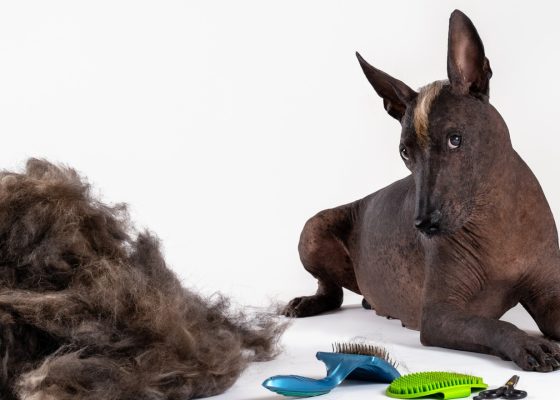New research sheds light on what happens when baricitinib is discontinued in patients with severe alopecia areata.
Patients with severe alopecia areata who have had significant hair regrowth using baricitinib risk a relapse if they discontinue treatment, say researchers.
They examined the results from the randomised withdrawal period of the BRAVE-AA1 clinical trial and found almost all patients who stopped baricitinib after one year of treatment lost their hair again.
Their findings were published this month in JAMA Dermatology.
“Therefore, it is not recommended to discontinue therapy after achieving successful regrowth with one year of therapy,” the authors wrote.
“These data add to our growing knowledge of severe AA, showing that it is a chronic disease and similar to other autoimmune diseases and requires long-term maintenance therapy for most patients to maintain successful outcomes.”
BRAVE-AA1 was a randomised, placebo-controlled, phase 3 randomised clinical trial with a treatment withdrawal sub-study that was conducted at 70 centres in the US, South Korea and Italy.
Researchers looked at short- and long-term relapse rates following treatment withdrawal in patients with severe alopecia areata who achieved a response after 52 weeks of daily doses of 2mg or 4mg of baricitinib.
Of 654 adults with severe alopecia areata (Severity of Alopecia Tool [SALT] score ≥50), at four and eight weeks, 0% and 10% to 11% of patients, respectively, experienced a loss of treatment benefit, which increased to 80% or more by week 152, compared with 7% for those who continued baricitinib therapy for both dose groups.
Within the follow-up observation periods, five of eight patients taking 2mg (63%) and 21 of 24 patients taking 4mg (87.5%) recaptured a SALT score of 20 or less response after retreatment.
With retreatment, most patients recaptured response during the follow-up observation period (2mg, 63%; 4mg, 85%).
The researchers said optimal duration of therapy or need for continuous treatment for maintenance of response in patients with severe alopecia areata was not well understood.
“Based on data from clinical trials, spontaneous remission is rare among patients with extensive scalp hair loss, in which placebo-response rates of 1% to 5% were reported,” they wrote.
“Furthermore, clinical experience has shown that relapse is frequent on treatment discontinuation. However, over the course of the disease, there may be circumstances in which clinicians and/or patients require interruption of therapy [e.g., surgery or illness] or discontinuation of therapy [e.g., planning for pregnancy] after response had been achieved.
“Therefore, it is important to understand the outcomes of treatment withdrawal and for clinicians to have data that can be applied to potential clinical scenarios in which treatment interruption or discontinuation is required.”
The good news from this study was that patients have every reason to be optimistic when resuming therapy after a relapse due to baricitinib discontinuation. However, the authors recommended retreatment at the earliest sign of relapse.
“If treatment discontinuation is considered in clinical practice, positive findings on a hair pull test may help to signal early shedding, although this tool has not been validated for this purpose or for disease monitoring during JAK inhibitor treatment withdrawal,” they wrote.
“Retreatment at the earliest sign of shedding would be important to stabilise the disease and recapture response. The loss of treatment benefit did not become noticeable until approximately eight weeks after treatment withdrawal.
“Within the BRAVE-AA clinical trials, interruptions of treatment for four weeks or less did not appear to affect achievement or maintenance of a SALT score of 20 or less.
“Considering these two observations together, it seems prudent to limit interruptions of treatment to four weeks or fewer.”




